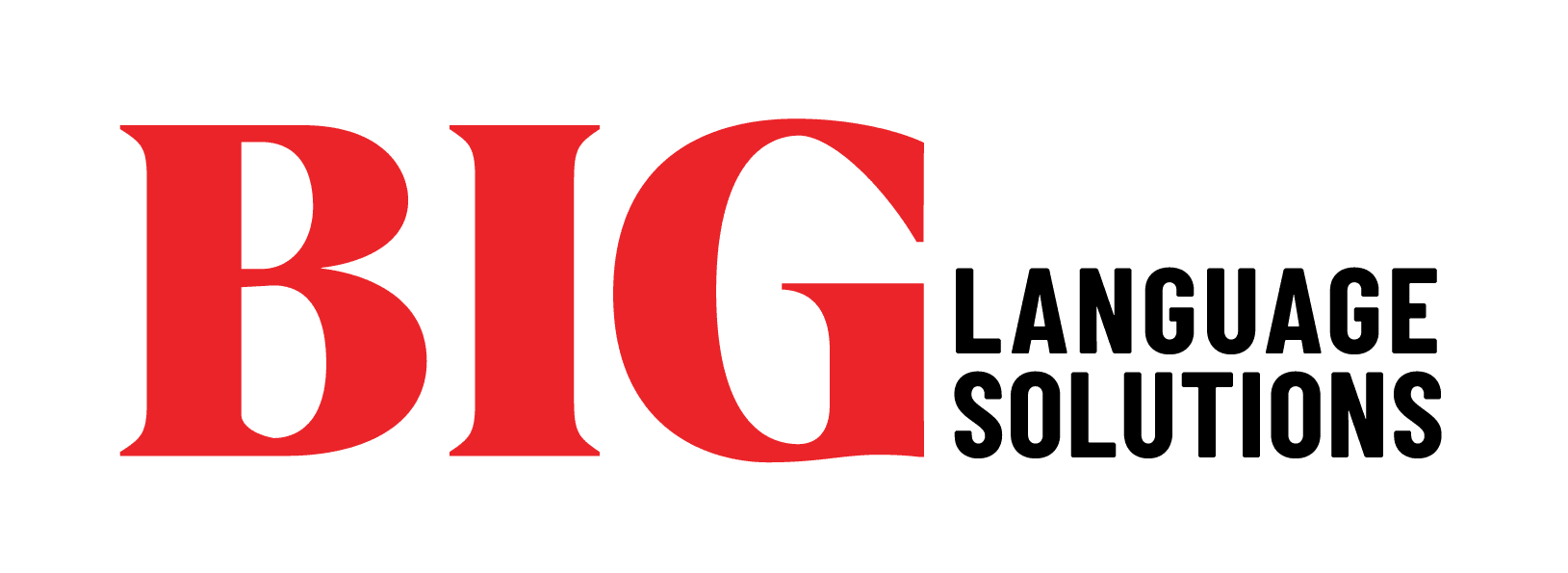When working with intellectual property, the accuracy of a translation can determine the fate of a patent. At BIG IP, the patent translation and foreign filing brand within BIG Language Solutions, quality isn’t an afterthought; it’s a discipline backed by legal expertise. We sat down with Jennifer Winfield, Director of Localization, to explore how her team ensures patent translations meet the strict demands of global patent offices. With a background that blends localization management and deep legal knowledge, Jennifer shares why human-in-the-loop review is indispensable, what’s at stake when translations go wrong, and how process-driven collaboration protects clients from costly missteps.
How does BIG IP’s role in the patent translation process draw on both translation management and IP legal expertise? What skills are essential for ensuring accuracy and compliance in high-stakes filings?
BIG IP facilitates the translation and filing of patent applications on behalf of applicants looking to obtain protections for their inventions.
As well as having expertise in the management of translations, the IP specialists involved must possess domain-specific patent and IP knowledge. This includes having a solid understanding of patent office deadlines and country-specific translation/filing requirements, due to the high-risk nature of the patent filing process.
What does BIG IP’s review process involve, and what are you looking for beyond just a word-for-word translation?
Our patent translations undergo a four-step quality process to ensure that they meet the legal requirements of each patent office. The penultimate step in this process is a review by a patent attorney with subject-matter expertise relevant to the content of the patent. For example, a patent describing a pharmaceutical compound would be reviewed by an attorney specializing in Chemistry and Pharmaceuticals, while a patent involving an AI algorithm would be reviewed by an attorney with a background in Computer Science and Software.
This crucial check ensures that all applicable parts of the patent specification, with a particular emphasis on the claims, have been interpreted correctly from the source language, and any country-specific formatting requirements are verified before the translation is submitted for filing.
Why is attorney review such a critical step in the translation workflow, especially when filing in multiple jurisdictions?
Patents involve complex technical fields, and translations must accurately render technical descriptions, diagrams, and terminology without altering the meaning. Misinterpretation of the details of an invention in a translation can result in the invalidation or rejection of the patent.
Can you share an example of how a small translation error could impact a patent’s validity or enforceability?
A US patent claiming priority from an Italian patent application was invalidated due to the interpretation of a key term in the English translation submitted to the USPTO. The term appeared in the claims (the part of a patent that defines the legal scope of protection for the invention) and was translated into English as ‘half-liquid’, whereas the correct translation should have been ‘semi-liquid’.
The originally published Italian application contained precise terminology, but its English translation resulted in the invalidation of the patent.
The Federal Circuit’s decision to reject the patent was actioned on the basis that, in their words, ‘a patent must be precise enough to afford clear notice of what is claimed, thereby ‘appris[ing] the public of what is still open to them.’
What kinds of issues do you see most often in translations, and how can they be prevented through collaboration or process improvements?
Terminology errors and inconsistencies are the issues we encounter most, due to the complexity of subject matter and patent language being highly structured and formal, often with long and multi-clause sentences.
To mitigate errors and ensure consistency, glossaries are particularly effective, as they can be tailored to capture the repeated key terms used across the inventions of a specific patent applicant. The creation of glossaries can reinforce trust with clients, as they have reassurance that their patents are being translated accurately and consistently with the use of key reference material.
CAT tools, software designed to assist a human translator, are also an effective way to mitigate translation errors. As with glossary creation, terminology databases can be built, which offer benefits in efficiency and quality for translators, clients and internal operations alike.
How does this level of legal review ultimately benefit clients, and what would you say to someone considering it for the first time?
Many of our clients themselves are patent attorney firms and are extremely well-versed in the strict regulations of patent law. Having the knowledge that their translations are being reviewed by an attorney skilled in the art gives them great reassurance, as the risk of translation-related exceptions being raised by patent office examiners during prosecution is vastly reduced.
Having worked in the IP translation industry for several years, I have encountered numerous instances of translation errors resulting in additional costs for applicants, as corrections and re-filings always come at a price. The attorney review should never be perceived as a ‘bonus’ step in the process, but rather an essential one.
Protecting Innovation Requires More Than Language Skills
As Jennifer makes clear, patent translation isn’t simply about linguistic accuracy, it’s about legal precision, technical fidelity, and risk mitigation. When a single mistranslation can invalidate a patent, the added layer of attorney review is essential. Through structured workflows, tailored glossaries, and skilled legal oversight, BIG IP delivers the consistency and confidence that patent holders and law firms depend on. For organizations seeking to protect their innovations across jurisdictions, BIG IP offers more than just translation, it’s strategic legal protection in every word.
Contact us today and let us help you Trust Every Word.





